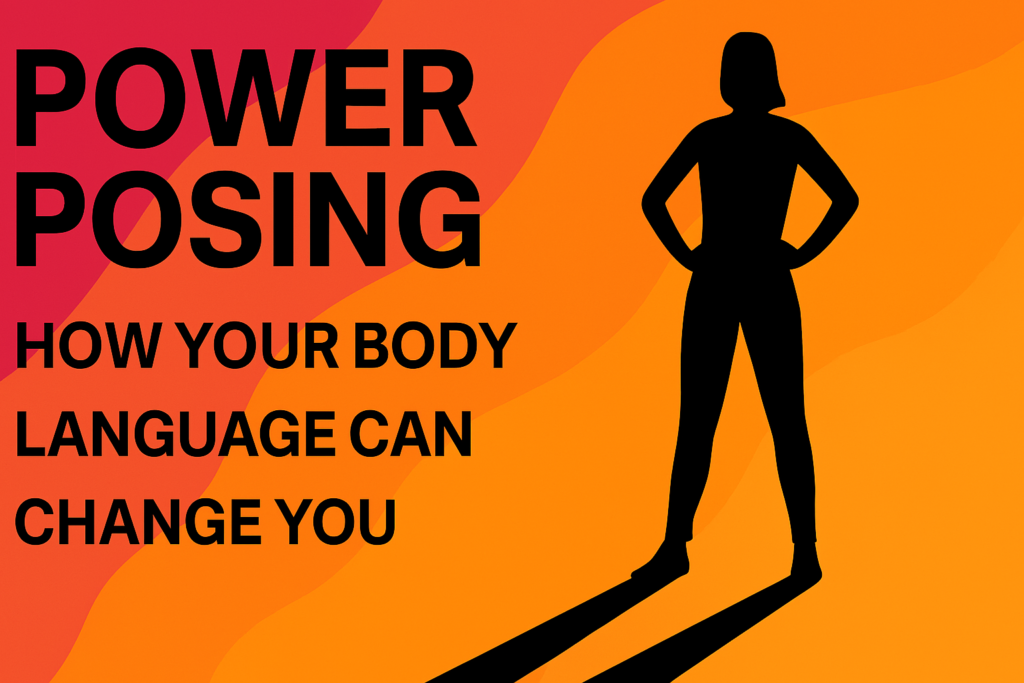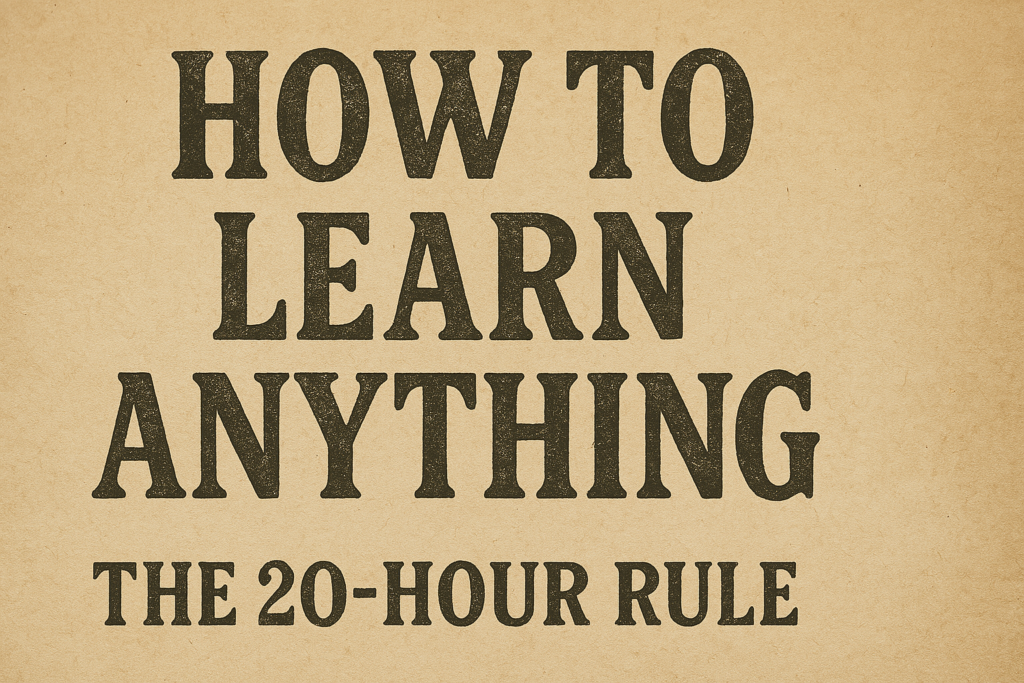Lynda Weinman, a graphic design teacher, started a website called Lynda.com in 1995. She wanted a place to experiment with new design tools and show her students’ work. Her business grew, and in 2002, she moved her teaching online. Later, LinkedIn bought Lynda.com for $1.5 billion and renamed it LinkedIn Learning.
Lynda’s story shows how entrepreneurs can succeed by thinking differently. Here are six uncommon ways that go against what big companies usually do.
What is a Mindset?
A mindset is how you think and feel about things. It affects how you react to new chances. These six mindsets can help you see opportunities and take action.
“Yes, We Can”
Big companies often stick to what they know. They focus on their core skills and don’t try new things. But entrepreneurs should be willing to say “yes” to new challenges.
Arnold Correia, a Brazilian entrepreneur, built a successful business by saying “yes” to his customers’ requests. He ran an event management company. One of his customers, Walmart, asked if they could put TVs in their stores to show ads. Arnold said “yes,” even though he didn’t know much about it. He found a way to make it happen.
Arnold reinvented his business four times by saying “yes” to new ideas.
Problem-First, Not Product-First
Big companies often focus on products. They might change a product slightly and call it “new and improved.” But entrepreneurs should focus on solving problems.
Jonathan Thorne developed a special metal that didn’t stick to human tissue. Surgeons use forceps, a tool that can stick to tissue during surgery. Thorne realized he could solve this problem with his new metal.
He started by focusing on plastic surgeons, but his business didn’t grow fast. Then, he discovered that neurosurgeons had an even bigger problem with forceps sticking to tissue. He focused on this problem and built a successful business that he later sold to Stryker.
Entrepreneurs solve problems, they don’t just make products.
Think Narrow, Not Broad
Big companies want to sell to everyone. They want big markets. But entrepreneurs should start by focusing on a small group of customers.
Philip Knight and Bill Bowerman, the founders of Nike, focused on a narrow market: distance runners. They knew that running shoes at the time were not good for distance runners. The shoes were made for sprinters who ran on smooth tracks. But distance runners ran on rough roads and needed shoes that would protect their feet.
Knight and Bowerman created shoes that were made for distance runners. These shoes had better support, more cushioning, and were lighter. Once they mastered making shoes for this small market, they expanded to other sports like tennis and basketball. Now, Nike is the world’s biggest sports shoe company.
Ask for the Cash, and Ride the Float
Big companies have lots of cash. But entrepreneurs often struggle to get money. They need to be creative about how they get funding.
Elon Musk and the Tesla team asked customers to pay for their cars in advance. They sold 100 Tesla Roadsters for $100,000 each, before they even built the cars. This gave them $10 million to start building their business.
When Tesla introduced the Model 3, almost half a million people paid $1,000 deposits. This gave Tesla $500 million to start engineering and building the car.
Entrepreneurs find ways to get cash upfront to fund their businesses.
Beg, Borrow, but Please, Please Don’t Steal
Big companies decide if a project is worth it by looking at the numbers. They calculate how much it will cost and how much money it will make. But entrepreneurs don’t always have the money to buy everything they need.
Tristram Mayhew and his wife, Rebecca, wanted to start a treetop adventure business called Go Ape. They needed trees, but they didn’t want to buy them. They worked with the UK Forestry Commission, which owned lots of forests. They agreed to build five adventure courses on the Forestry Commission’s land and they got the exclusive right to build more courses on their land for 25 years.
Go Ape now has over 30 locations in the UK and many in the US. They succeeded by borrowing the assets they needed, like trees and parking lots.
Just Get On With It
Big companies need to get permission before they can do anything new. This can take a long time and make it hard to innovate. But entrepreneurs don’t ask for permission. They just get on with it.
Travis Kalanick and Garrett Camp, the founders of Uber, didn’t ask the city of San Francisco for permission to start a taxi company without any taxis. If they had asked, the regulators would have said no. Uber might never have existed.
While Uber had it’s share of controversy, the main idea is that entrepreneurs don’t wait for permission. They act when the rules are unclear or haven’t caught up with new technology.
Try These Mindsets
These six ways of thinking can help you succeed as an entrepreneur.
- Which of these mindsets do you already have?
- Which ones can you learn?
- Can you teach these to someone else?
- Which mindset can help you overcome a challenge you’re facing today?
Think differently and change the world.
What’s one thing you can do differently today to embrace one of these mindsets?
(Source)




Pingback: purchase enclomiphene usa overnight delivery
Pingback: acheter kamagra en ligne sans ordonnance et sans abonnement
Pingback: buy androxal uk how to get
Pingback: purchase flexeril cyclobenzaprine generic version
Pingback: purchase dutasteride generic germany
Pingback: buy cheap gabapentin generic discount
Pingback: ordering fildena generic in usa
Pingback: buy cheap generic online itraconazole
Pingback: discount staxyn how to purchase viagra
Pingback: buy avodart without
**mind vault**
mind vault is a premium cognitive support formula created for adults 45+. It’s thoughtfully designed to help maintain clear thinking